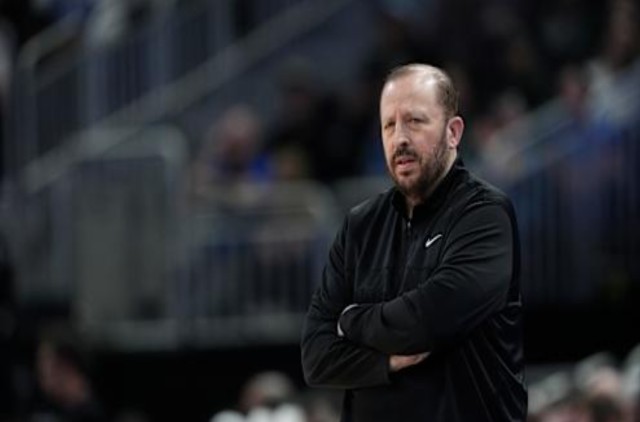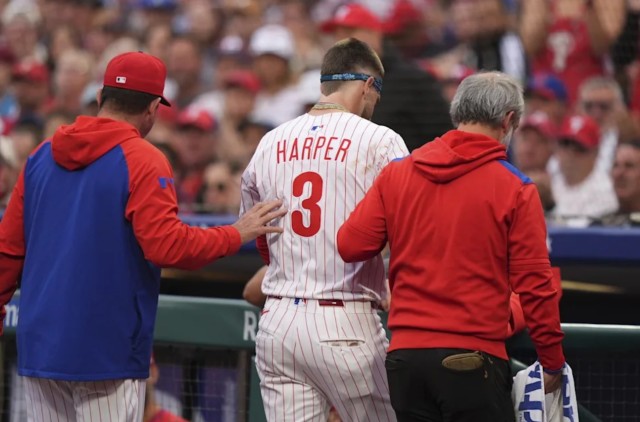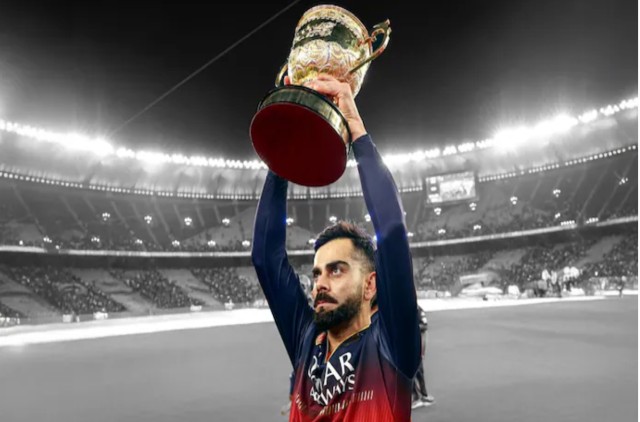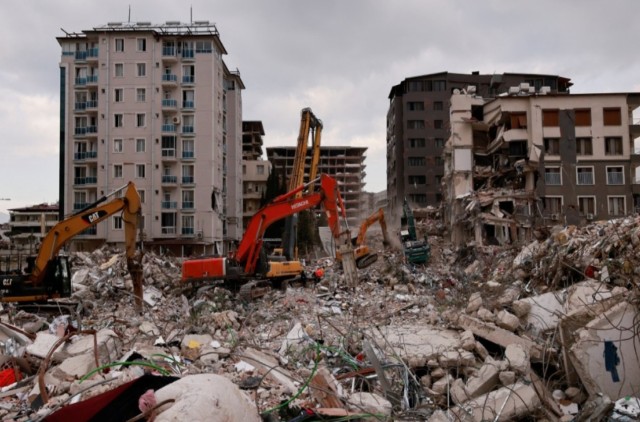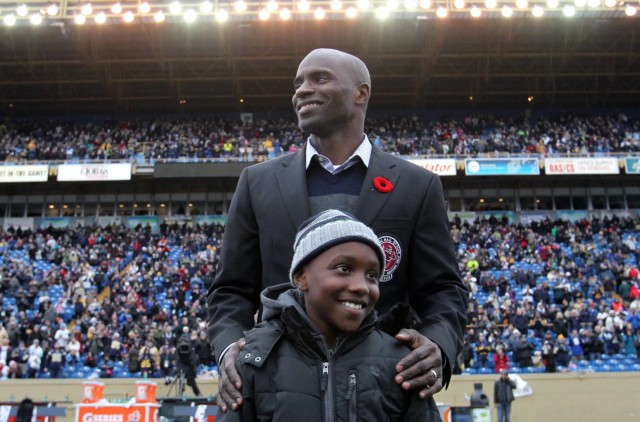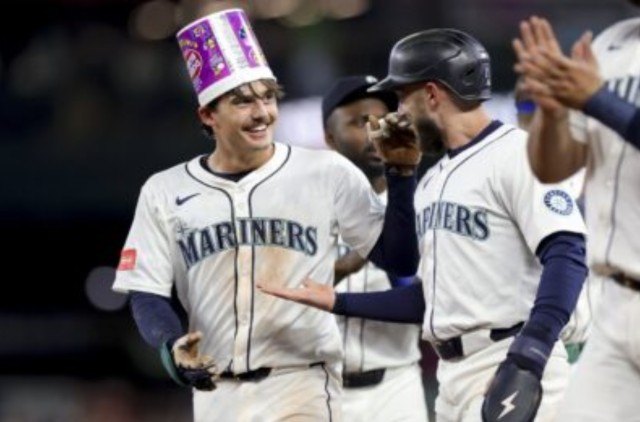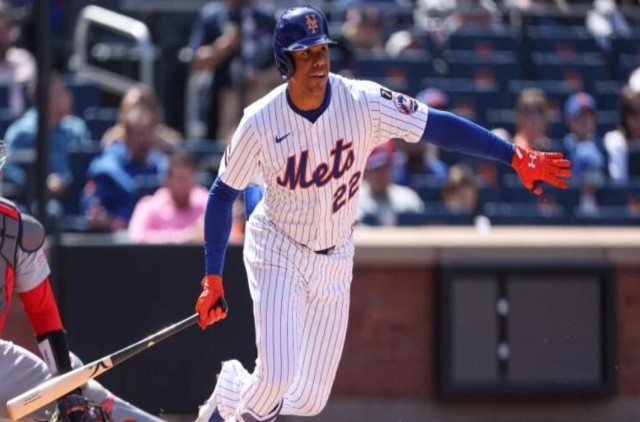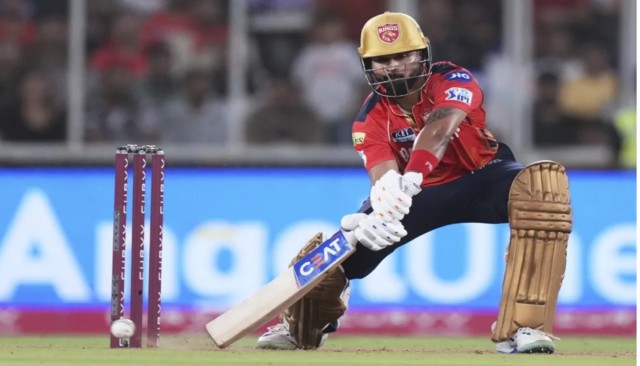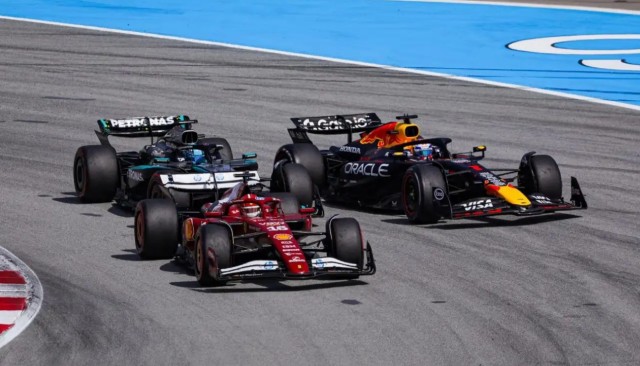
Data shows Max Verstappen made some unusual inputs as he let George Russell through in the latter stages of the Spanish GP.
Max Verstappen’s podium hopes looked strong—until a wild twist during the final laps changed everything. After battling hard with McLaren and managing his tyres well through multiple pit stops, the Red Bull star was set for a top-three finish. But a late Safety Car shuffled the grid, exposing a questionable decision that cost Verstappen dearly.
Safety Car Chaos Disrupts Strategy
The incident unfolded after Kimi Antonelli’s retirement triggered a Safety Car. The grid dove into the pits for fresh tyres. Verstappen, however, was left without a soft or medium compound due to his earlier three-stop strategy. That forced him onto the least-favored tyre of the weekend: the hard compound.
Free Practice 2 had already shown the hard tyres were a weak choice. They offered minimal grip and poor traction. Still, Verstappen had no other option.
Losing Grip, But Not Control
On the restart, Verstappen’s tyre disadvantage became obvious. Exiting the final corner, he lost rear grip and nearly spun. With expert control, he kept the car on track—but not without losing momentum. That error opened the door for Charles Leclerc and George Russell, both on faster soft tyres.
Leclerc quickly overtook Verstappen down the main straight, gently shifting left to reclaim the racing line. Max wasn’t about to give up that easily. He made light contact while defending—but this wasn’t the move that drew the most attention.
Russell Makes His Move
While Verstappen focused on Leclerc, George Russell seized the moment. Using the slipstream and better grip, he launched an attack into Turn 1. According to telemetry, Russell actually braked earlier than Verstappen, but was still clearly ahead by the apex.
In F1, if a car’s front axle is ahead at the apex, the corner belongs to that driver. By the rules, Russell had the right to the corner. Still, Verstappen didn't yield. The two made contact, and Max went off-track. He then rejoined the circuit ahead of Russell—despite having enough space to stay within the track limits.
Penalty Concerns Mount
Initially, race stewards didn’t penalize Verstappen for gaining an advantage off-track. But Red Bull’s race engineer wasn’t convinced. Fearing a time penalty that could prove more damaging, the team advised Max to give the position back.
After a three-lap delay, Verstappen complied—but what followed was baffling.
Telemetry Reveals Bizarre Retaliation
On the short straight between Turns 4 and 5, Verstappen slowed to hand back the position. But within a split second, he floored the throttle and lunged back at Russell.
Telemetry showed a rapid lift followed by immediate full throttle. At the same moment, Russell had eased off, preparing for Turn 5 and not expecting an attack.
This part of the track is not where overtakes are usually launched. Comparisons with the previous lap confirmed that Verstappen’s move was highly irregular. More importantly, F1 rules clearly state that after handing back a position, a driver must wait at least two corners before launching another attack.
The Cost of Aggression
Verstappen’s move not only violated racing etiquette but possibly the rulebook. Although Russell managed to avoid damage, the chaos ultimately cost Max. He received a 10-second time penalty and dropped to 10th place.
With the Constructors' Championship tightening between Red Bull, Ferrari, and Mercedes, those lost points could prove crucial.
In the end, Max Verstappen’s racing instincts may have gotten the better of him—turning a strong strategy into a late-race fiasco.




